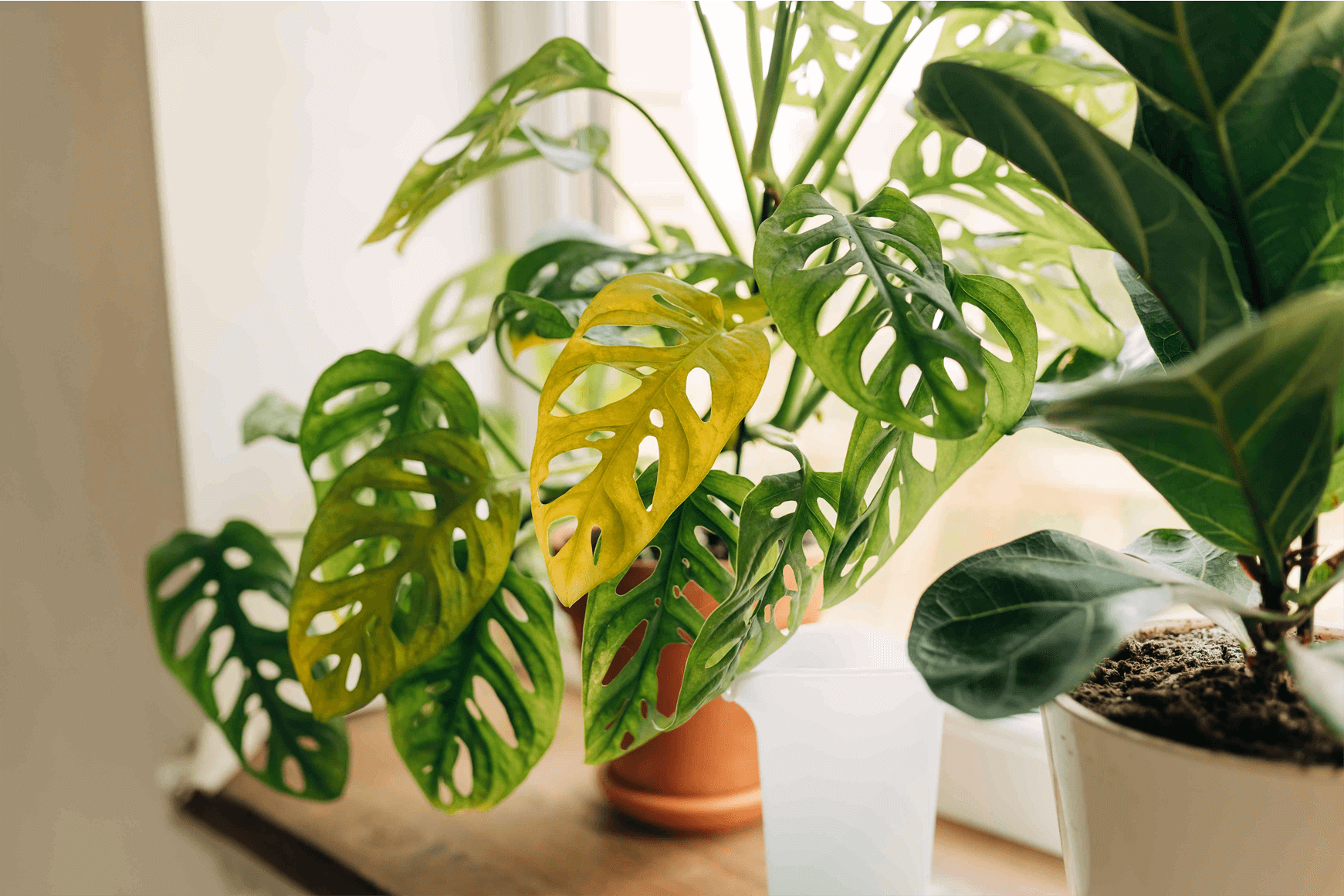If you’re a plant lover, you may have come across the Swiss Cheese Plant (Monstera deliciosa) in your search for new additions to your indoor jungle. This tropical plant, also known as the Swiss Cheese Vine or the Hurricane Plant, has gained popularity in recent years due to its unique leaves and easy-care nature. In this article, we’ll take a closer look at the Swiss Cheese Plant, its characteristics, care requirements, and some interesting facts about this trendy houseplant.
Characteristics of the Swiss Cheese Plant
The Swiss Cheese Plant is known for its large, glossy leaves that have distinct perforations or “holes” in them, resembling Swiss cheese. These holes are called fenestrations, and they give the plant a unique and eye-catching appearance. The leaves are heart-shaped when young, and as they mature, they develop more fenestrations, creating an attractive pattern.
The Swiss Cheese Plant can grow quite large, with leaves reaching up to 2 feet in size, making it a statement plant in any room. It is a climbing plant that uses aerial roots to attach itself to trees or other surfaces in its natural habitat, but when grown indoors, it can be trained to grow on moss poles or trellises for support and added aesthetics.
A Plant Good Source of Oxygen – The Ultimate Guide to Growing Snake Plants: Tips for Propagation and Care
Care Requirements for the Swiss Cheese Plant
One of the reasons why the Swiss Cheese Plant has become a popular houseplant is its relatively low maintenance requirements. Here are some simple care tips for keeping your Swiss Cheese Plant happy and healthy:
Light: The Swiss Cheese Plant prefers bright, indirect light, but it can tolerate some shade. Avoid placing it in direct sunlight as it can cause leaf burn. Place it near a window with filtered light or provide artificial light if needed.
Temperature: The Swiss Cheese Plant thrives in warm temperatures between 68-86°F (20-30°C). It is not tolerant of cold drafts, so avoid placing it near windows or doors that may let in cold air.
Water: Keep the soil of the Swiss Cheese Plant evenly moist but not waterlogged. Water it when the top inch of soil feels dry, and be careful not to let it sit in standing water, as it can lead to root rot.
Humidity: The Swiss Cheese Plant prefers high humidity, which can be achieved by misting its leaves regularly or placing a tray of water near it to increase humidity levels.
Fertilizer: Feed the Swiss Cheese Plant with a balanced, water-soluble fertilizer during the growing season (spring and summer) to promote healthy growth and development.
Interesting Facts about the Swiss Cheese Plant
Apart from its unique appearance and easy care, the Swiss Cheese Plant has some interesting facts that make it even more intriguing:
Edible fruit: Despite its name, the Swiss Cheese Plant does produce fruit that is edible when fully ripe. The fruit resembles a green cob of corn with a pineapple-like taste, and it is commonly referred to as “Monstera fruit” or “delicious monster fruit.”
Air purifying properties: Like many other houseplants, the Swiss Cheese Plant is known for its air purifying properties. Its large leaves can help filter out toxins from the air, making it a great natural air purifier for your home.
Symbol of tropical paradise: The Swiss Cheese Plant is often associated with tropical paradise and is commonly used in interior design to create a lush, tropical ambiance in homes, offices, and other indoor spaces.
In summary, the Swiss Cheese Plant is a popular houseplant that offers a unique and tropical look to any indoor space. Its easy care requirements, distinct fenestrated leaves, and interesting facts make it a favorite among plant enthusiasts. Whether you’re a seasoned plant parent or just starting out, the Swiss Cheese Plant is sure to be a stunning addition to your indoor garden that will captivate your attention and admiration. So, why not consider adding a Swiss Cheese Plant to your plant collection and enjoy the beauty and simplicity it brings to your home?


[…] People also like – Swiss Cheese Plant […]